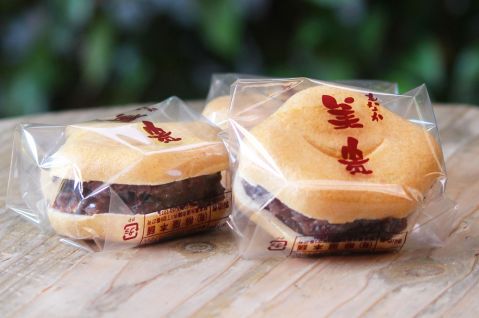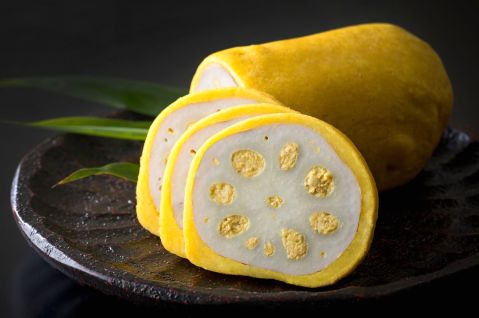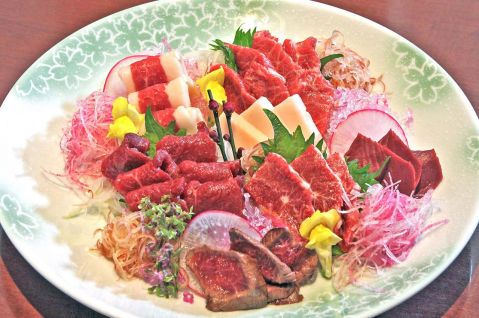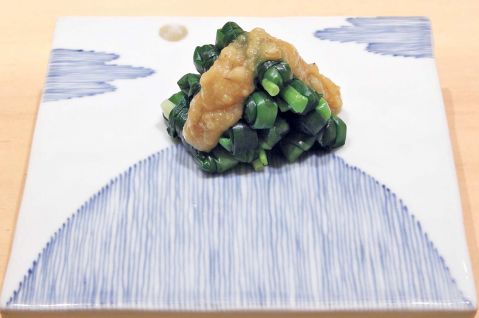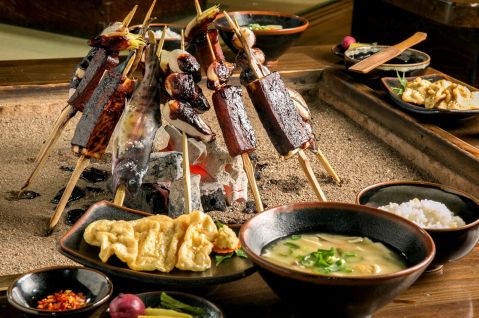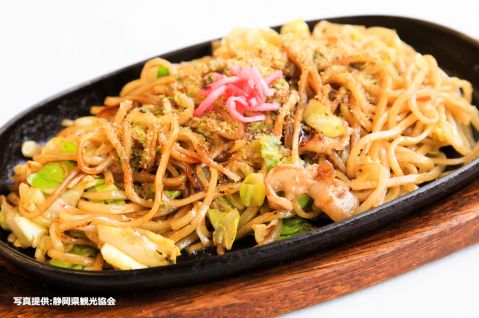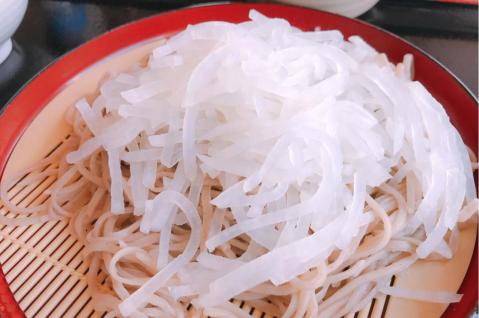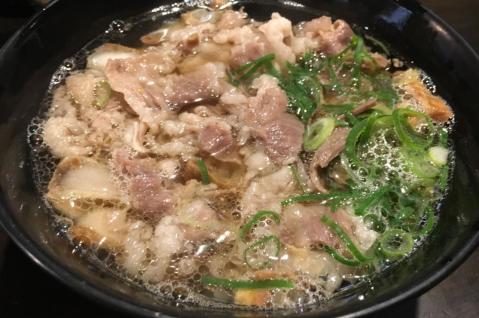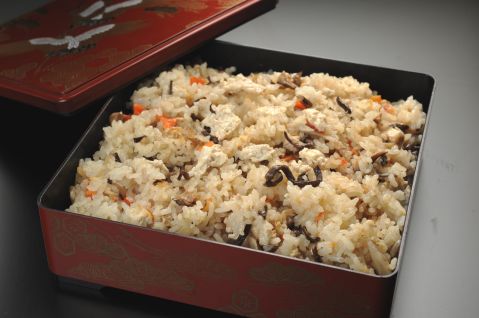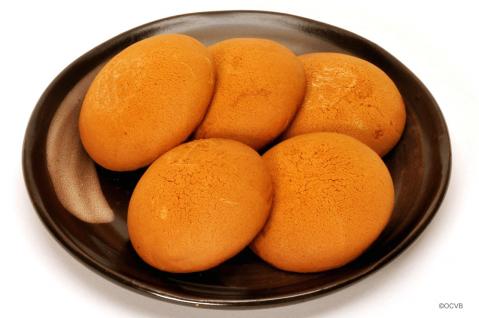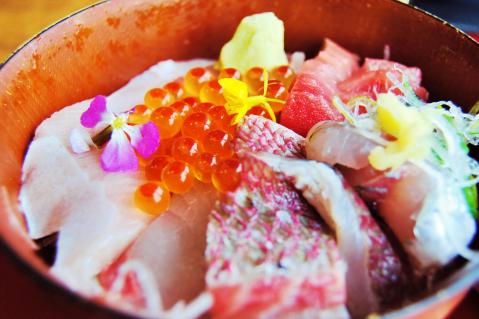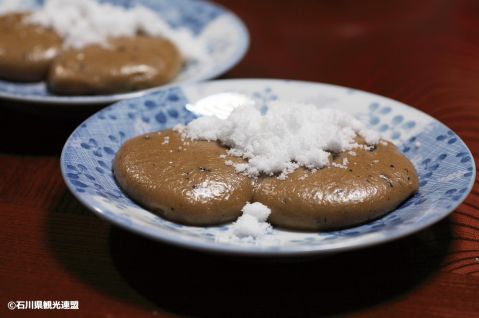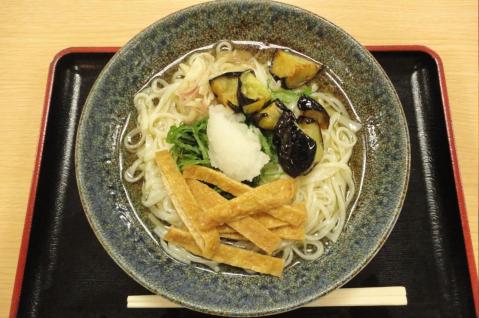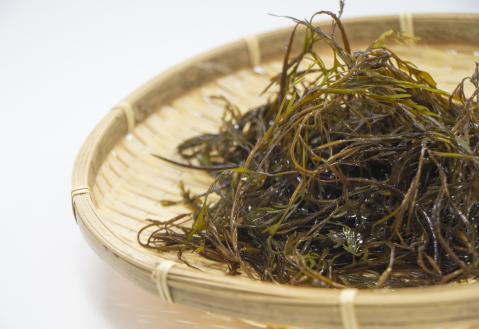Horse Meat Soba
Experience the flavors of Aso, Kumamoto with rich and hearty horse meat soba
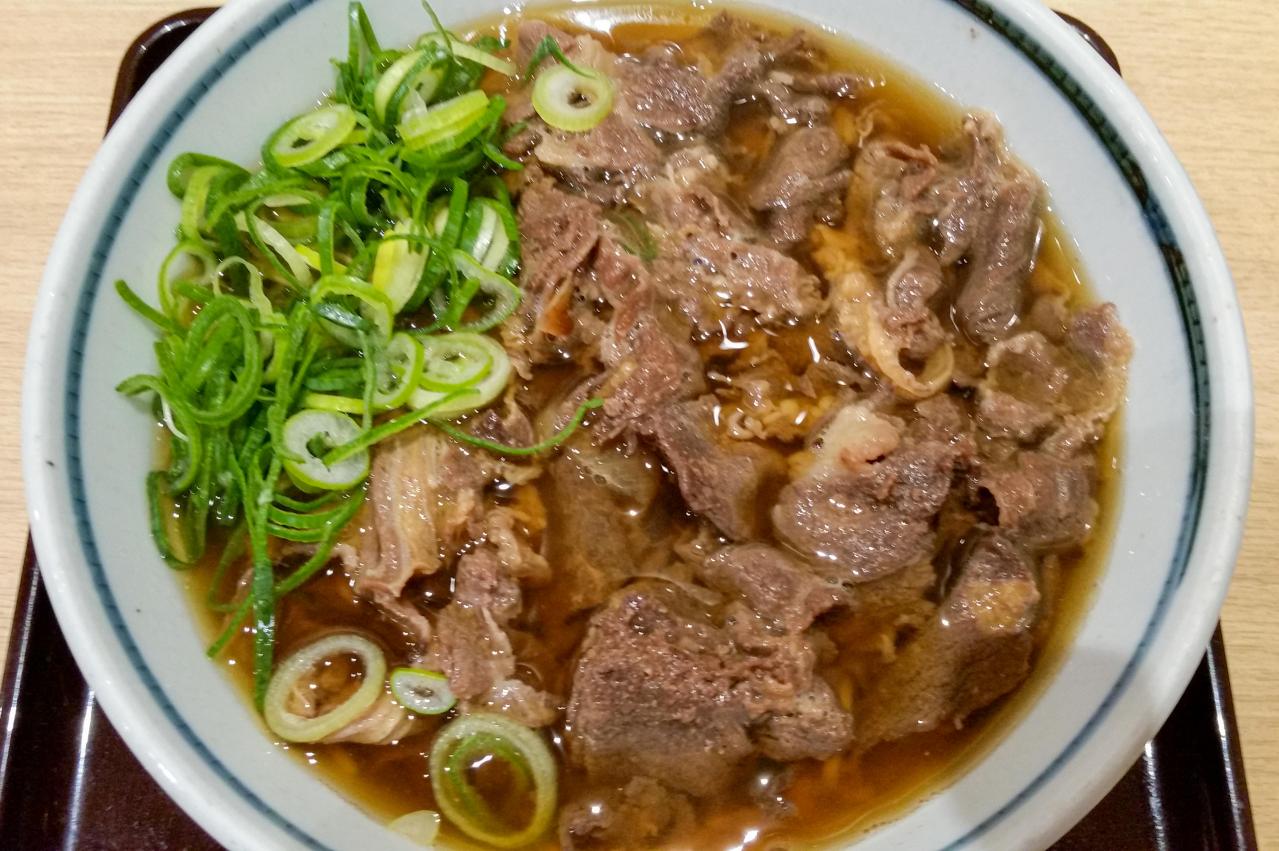
About Horse Meat Soba
Horse Meat Soba (馬肉蕎麦, Baniku soba) is one of Kumamoto Prefecture’s signature traditional dishes, particularly cherished in the Aso region. Kumamoto ranks first nationwide in horse meat production (based on the 2019 statistics of the Ministry of Agriculture, Forestry, and Fisheries), and this dish reflects the region's distinctive culinary culture. Known as "sakura meat" or "ketobashi" in Japanese, horse meat is a healthy ingredient rich in protein and vitamins while being low in fat.
The history of horse meat consumption in Kumamoto dates back to Japan's Sengoku period (Warring States era). During an expedition to Korea, Kiyomasa Kato, the lord of the Higo domain, consumed horse meat due to food shortages and brought back his appreciation for its taste, promoting its use locally. During the Edo period, when meat consumption was restricted, horse meat was valued as a nutritious medicinal food. It also became a valuable resource during the post-war food shortages, with meat from warhorses often appearing on dining tables. By the 1950s, horse meat dishes became a popular household staple and are now widely available in supermarkets.
The key ingredient in Horse Meat Soba is "shigure-ni," a tender and richly flavored simmered dish made from finely chopped horse meat leftover during the preparation of horse sashimi. Simmered in soy sauce, sugar, and ginger, shigure-ni is beloved for its melt-in-the-mouth texture and bold umami, often enjoyed as a topping for warm bowls of soba or udon. The pairing of the flavorful soup broth with the sweet-savory horse meat creates a perfectly balanced bite, delighting all who try it.
In Kumamoto, Horse Meat Soba is a comforting dish enjoyed year-round, served in local soba and udon shops as well as at home. Each bowl captures the blessings of Kumamoto’s bountiful nature and the rich history of its horse meat culture. As a unique culinary experience, this dish is not only a favorite among tourists exploring the region but also a treasured staple for locals, making it a must-try when visiting Kumamoto.
Reviews
There are no reviews yet.

